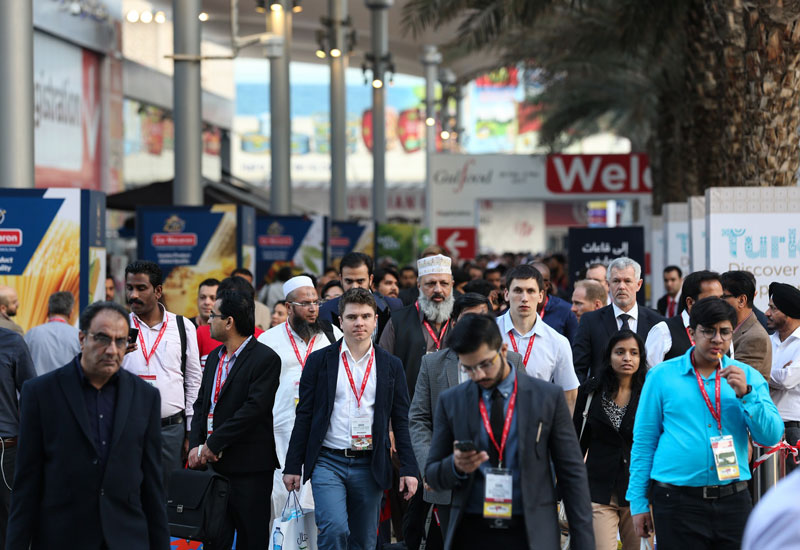 The Middle East and Africa will deliver strong regional growth for the international food and beverage industry.
The Middle East and Africa will deliver strong regional growth for the international food and beverage industry.
The Middle East and Africa (MEA) will deliver strong regional growth for the international food and beverage (F&B) industry, with Asia Pacific also holding ‘enticing’ prospects, according to the newly-released Gulfood Global Industry Outlook Report.
The report follows a Euromonitor International market study based on official published sources and trade surveys with local and global manufacturers, distributors, trade associations and government entities. The report cites high birth rates, rapidly expanding cities and growing employment as key factors behind the high potential in MEA and Asia Pacific, where combined consumer spend in the food beverage sector is forecast to rise to 60% of global expenditure by 2030, up from 53% today.
The independent report is commissioned by Dubai World Trade Centre (DWTC) for the 23rd edition of Gulfood 2018, the world’s largest annual food and beverage trade event which runs at DWTC. It paints an optimistic yet challenging picture for industry growth, citing a billion extra consumers with growing disposable incomes will enter the market place by 2030 and evolve buying trends across all regions.
“The findings show that with a rapidly growing and highly urbanised population, demand across the globe for processed and packaged food and beverages is set to increase,” explained DWTC senior vice president, exhibitions & events Trixie LohMirmand. “Yet while there’s more consumers to go around, overall consumer spending is set to drop from 8.5% of GDP to 8.0% by 2030 as products become relatively more affordable and make up a smaller proportion of overall consumer spending.”
As the fastest-growing consumer drivers in Sub-Saharan Africa, Asia Pacific and Latin America, the report highlights urban millennials’ greater buying power and preferences for convenience products. “Conversely, this group is equally conscious of their health, nutrition and diets so producers have to innovative to meet this balancing demand,” said LohMirmand.

| Advertisement |








 Search our database of more than 2,700 industry companies
Search our database of more than 2,700 industry companies









